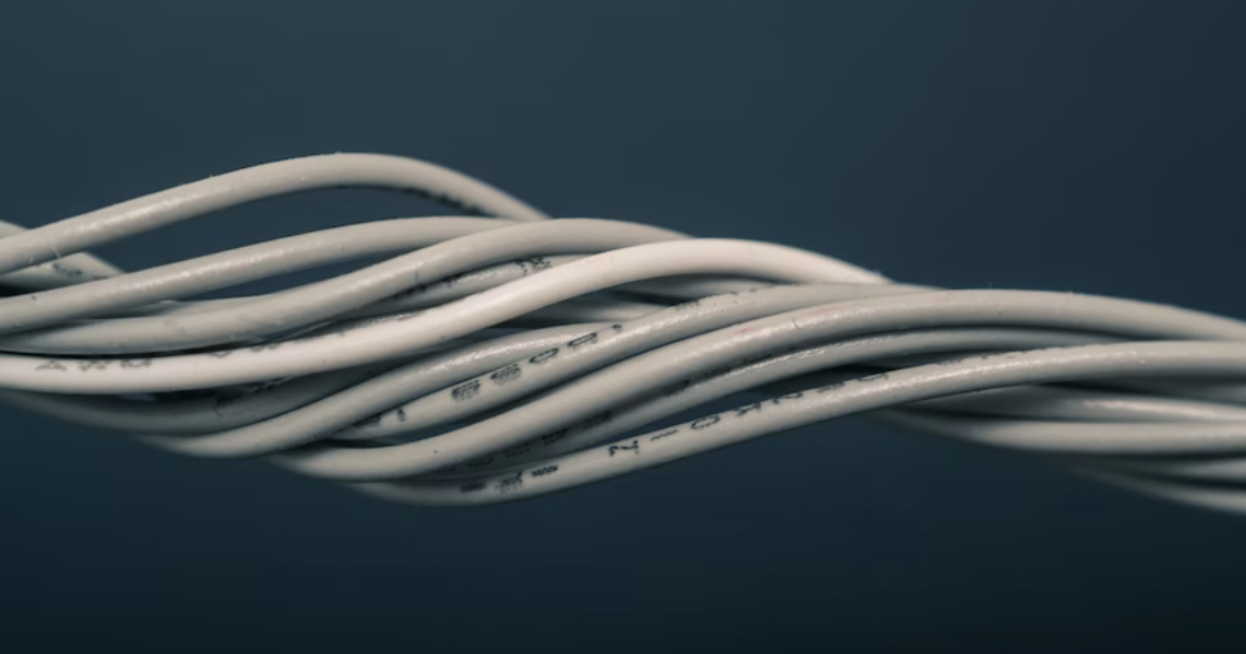Maintaining a safe electrical connection is essential in any building, whether residential or commercial. It is the responsibility of the building owner to ensure that all electrical wiring is safe and up to code. The risks of fire, electric shock, and short circuits are increased by faulty electrical connections. An electrician should be hired to ensure that all electrical wiring is installed correctly and safely. Any prospective or current property owner or constructor would do well to educate themselves on the right methods of electrical wiring connection. Any electrical system relies on properly linked wiring to perform safely. In this piece, we’ll go over the various electrical connectors and where they’re most useful.
What are the Three Possible Ways to Connect an Electrical Wire?
Standard electrical wiring layouts include connections made in a series, a parallel, or a combination of the two. A series connection, in which two wires are joined terminal to terminal, is the most elementary form of electrical connection. It’s a little more work to set up a parallel connection because it calls for two wires to be joined side by side. Series-parallel connections, which involve two-wire series circuits and single-wire parallel circuits, are the most complex sort of electrical connection possible. Connecting wires in a circuit can be done in a few different ways: in parallel, in series, or a combination of the two. There are benefits and drawbacks to each option, so it’s important to make an informed decision.
- Series
There are many real-world applications for connecting wires in a circuit in a series configuration. Because of this, the voltage output of the resulting circuit is greater than if the wires were connected in parallel. Multiple parallel circuits can boost the ampacity of a single circuit.
A new series of electrical connections in your home requires some forethought and planning. In a series, each wire links to the one that follows it. This sort of wiring is typically utilized for seasonal decorations. Series electrical wiring is not as common as other types of wiring, but it is still important to grasp.
- Parallel
Whenever you’re dealing with electricity, you have a few different options for connecting wires. In electrical systems, parallel wiring is frequently used. This is the standard method for connecting two or more wires in vehicles and other equipment.
In electrical engineering, it is common practice to use circuits in which the conductors carrying current do so in parallel with one another; such a connection is known as a parallel connection. By connecting many conductors in parallel, more current can flow through the circuit since the current has more surface area over which to travel and a shorter path of resistance to overcome.
- Series-Parallel
The term “series-parallel circuit” is used to describe a circuit that contains two or more conductors connected in a specific way. In a series circuit, each connection is used in turn to carry current. A parallel circuit has many routes, but the current only flows along one of them at a time. In a series-parallel circuit, the connections between nodes do not follow a single straight line. Both series and parallel configurations are possible when wiring electrical components together in a series-parallel circuit.
When components are connected in series, current flows from one to the next when they are turned on. In a parallel circuit, rather than connecting the components in a series, they are wired side by side so that current can flow through all of them at once.

